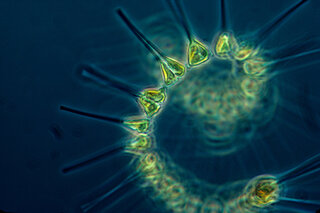
Not only are there now bigger fish to fry in the Arctic's Barents Sea, but scientists predict the natural marine ecosystem will undergo a transformation.
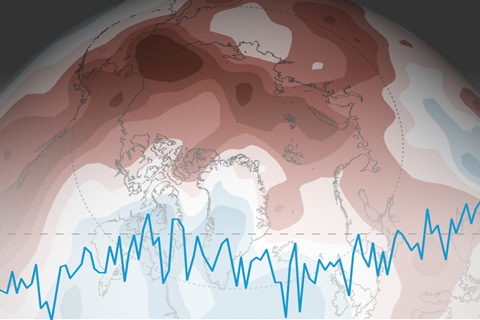
“Arctic amplification” of climate change remained in full swing in 2015, according to the 2015 Arctic Report Card. Broad areas of the Arctic were more than 5°F (3°C) warmer than average during the report card’s monitoring year (October 2014-September 2015).
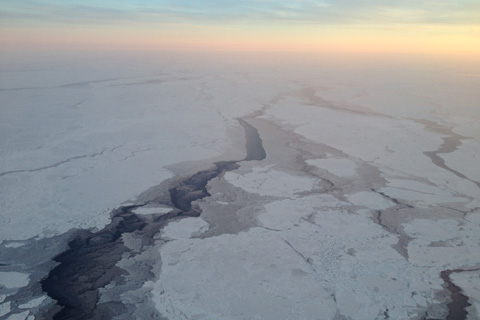
Increasing air and sea surface temperatures, decreasing sea ice extent and Greenland ice sheet mass, and changing behavior of fish and walrus are among key observations released today in the Arctic Report Card 2015.
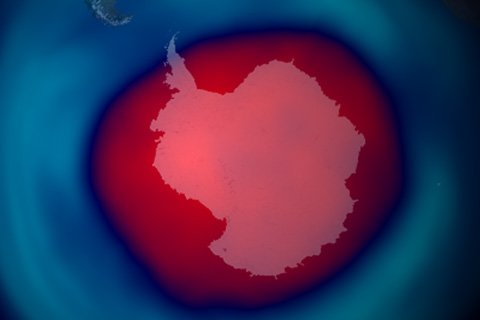
Thanks to an unusually cold winter in the Antarctic stratosphere, the 2015 ozone hole was larger than it has been in recent years.

2015-16 Winter Outlook
October 14, 2015

Thousand-year deluge in South Carolina
October 9, 2015
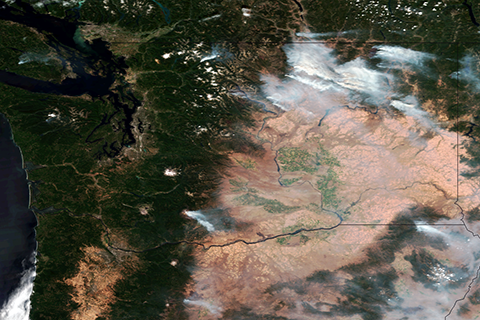
Drought conditions remain dire in the West, boosting the U.S. total burned area to nearly 2.5 million acres.
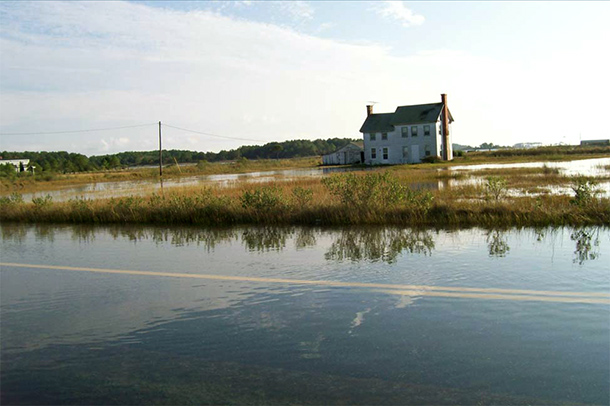
High-tide "nuisance flooding" has increased between 300 and 925 percent since the 1960s as a result of sea level rise. In this Q&A, Billy Sweet and John Marra explain the changes and offer projections for the remainder of the 2015-16 monitoring year.

